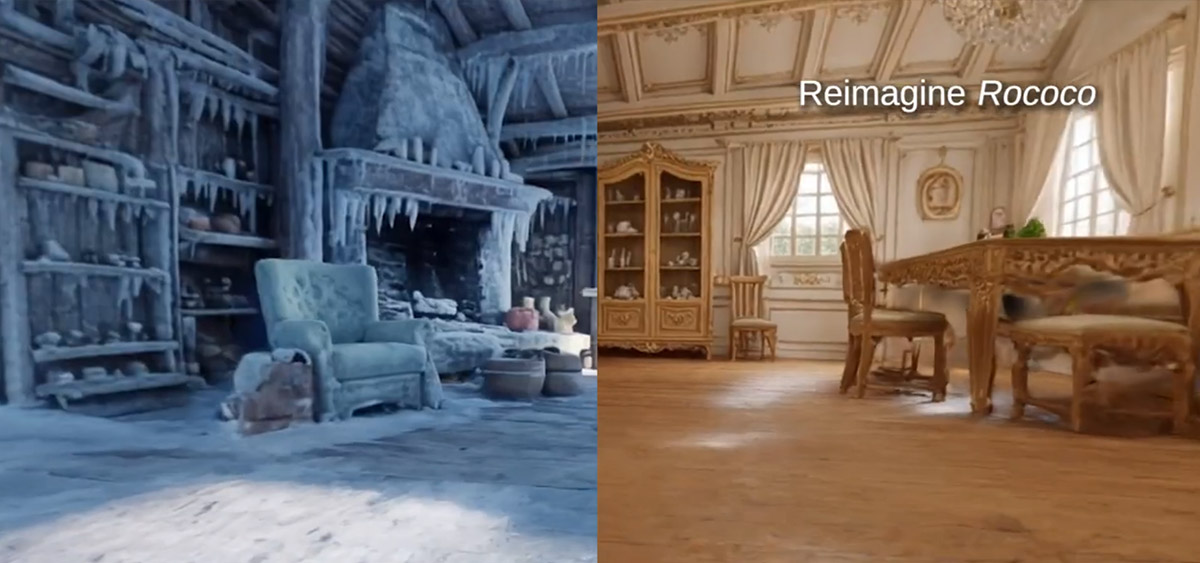Build and animate 3D images
Keep on top of 3D animation advances by using all Cinema 4D has to offer.
Organisation has always been the key to successful 3D work. It's essential that you keep track of the changes you make at each stage and clearly label files for import to avoid confusion, especially when it comes to animation.
This tutorial uses the powerful tools within Cinema 4D to work through the image-making process step by step - transforming a simple 2D image into the amazing 3D pinball machine you see here, using shaders created in Photoshop to enhance the geometry you have created.
Using an image provided on the cover CD, you'll be shown how to model a pinball table and its moving parts using basic extrusion, pipe extrusion and creative lighting to create an output for print, before producing a simple, short animation.
Although you'll need a basic knowledge of Cinema 4D to get to grips with this project, you'll soon take on board tips and tricks that will develop your 3D skills and improve your planning and accuracy - saving you time and effort as you move through this increasingly complex task.
The geometry may appear fussy and technical. Indeed three decimal place positioning is more at home in nuclear physics than illustration. But a careful, accurate approach will save you any trouble. We'll look at file naming conventions and shader application as well as simple lighting and lens effect combinations, motion blur and target expressions, some of Cinema 4D's most impressive functions.
Click here to download the tutorial for free
Daily design news, reviews, how-tos and more, as picked by the editors.

The Creative Bloq team is made up of a group of art and design enthusiasts, and has changed and evolved since Creative Bloq began back in 2012. The current website team consists of eight full-time members of staff: Editor Georgia Coggan, Deputy Editor Rosie Hilder, Ecommerce Editor Beren Neale, Senior News Editor Daniel Piper, Editor, Digital Art and 3D Ian Dean, Tech Reviews Editor Erlingur Einarsson, Ecommerce Writer Beth Nicholls and Staff Writer Natalie Fear, as well as a roster of freelancers from around the world. The ImagineFX magazine team also pitch in, ensuring that content from leading digital art publication ImagineFX is represented on Creative Bloq.
